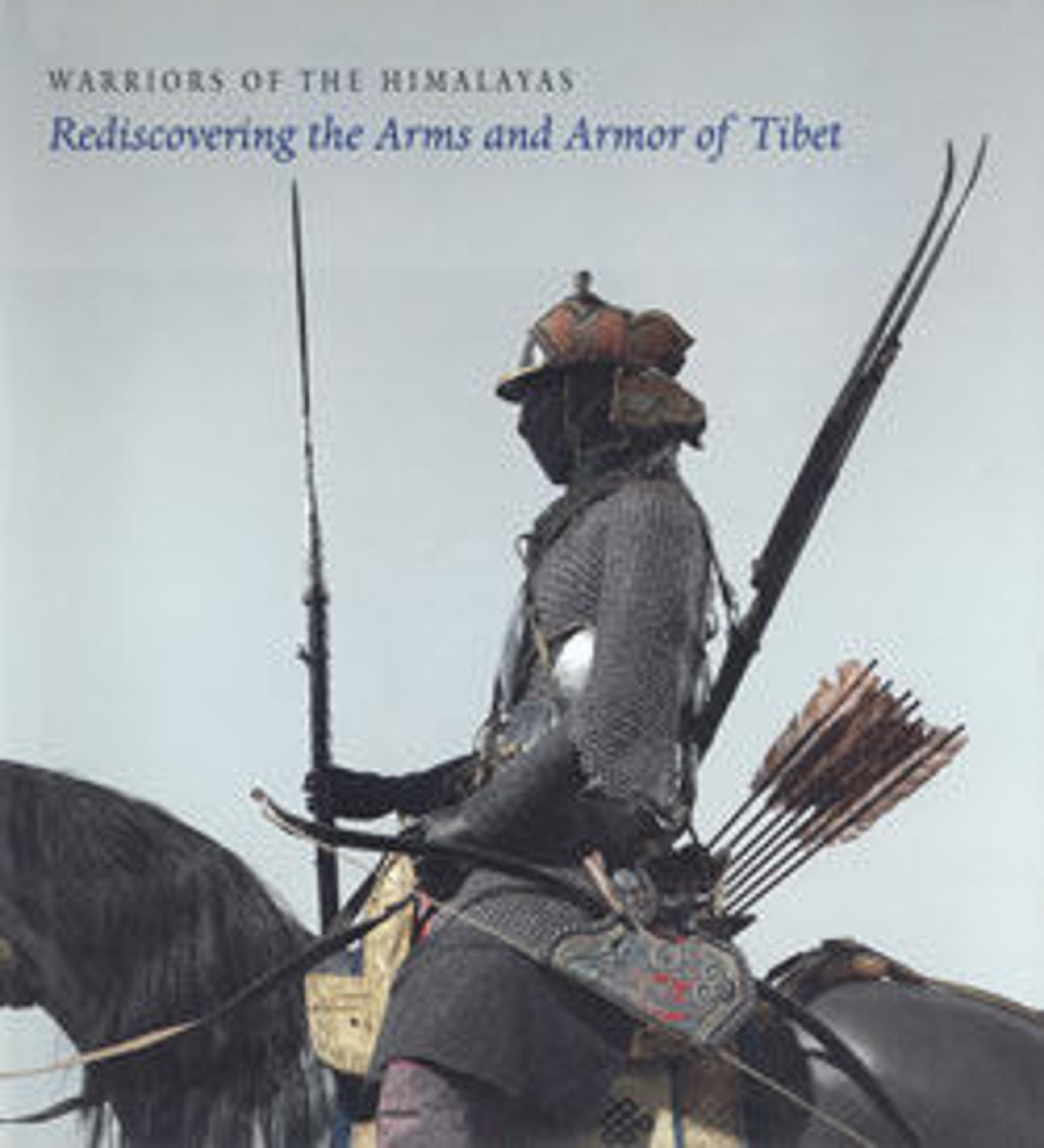Quiver (mda' shubs) with Accessory
This quiver represents a very rare type, the basic form of which is depicted in works of art from China through Tibet and Central Asia from at least the seventh century until the end of the fourteenth century. The body is made of wicker or split bamboo, covered in leather, and reinforced by an iron frame. The top is covered by a keyhole-shaped cowl made of a copper alloy, which is open at the front for the insertion or removal of arrows. Quivers of this type are wider at the bottom because the arrows were placed in them with the arrowheads upward, unlike later types of quivers. Carbon-14 testing places this quiver in a date range of 1290–1410.
Artwork Details
- Title: Quiver (mda' shubs) with Accessory
- Date: late 13th–15th century
- Culture: Tibetan or Mongolian
- Medium: Leather, iron, copper alloy, wicker (bamboo or cane), wood
- Dimensions: L. 32 1/2 in. (82.6 cm); W. 8 7/8 in. (22.5 cm)
- Classification: Archery Equipment-Bows
- Credit Line: Purchase, Arthur Ochs Sulzberger Gift, 2001
- Object Number: 2001.65a, b
- Curatorial Department: Arms and Armor
More Artwork
Research Resources
The Met provides unparalleled resources for research and welcomes an international community of students and scholars. The Met's Open Access API is where creators and researchers can connect to the The Met collection. Open Access data and public domain images are available for unrestricted commercial and noncommercial use without permission or fee.
To request images under copyright and other restrictions, please use this Image Request form.
Feedback
We continue to research and examine historical and cultural context for objects in The Met collection. If you have comments or questions about this object record, please contact us using the form below. The Museum looks forward to receiving your comments.
